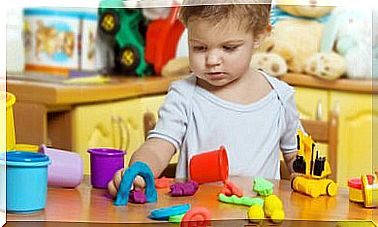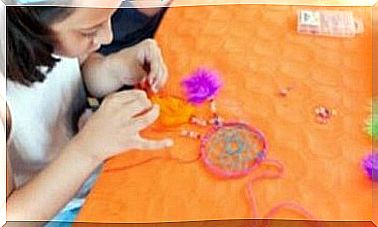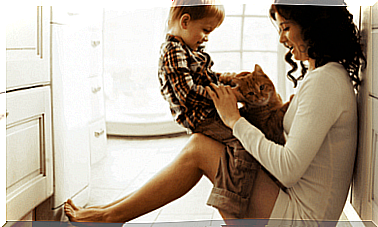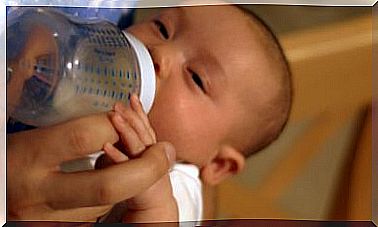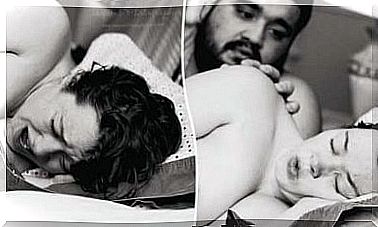What Are Milk Pearls?
There are many questions we ask ourselves when we become mothers. One of the most frequent concerns everything that has to do with breastfeeding, in general terms or in detail, as in the case of milk pearls.
Knowing in detail the changes that our body goes through is essential. In this way we will have the right tools to face them and happily walk the path of motherhood.
Every pregnant woman needs to know what milk pearls or white dots on the nipple are. They are small and bright, and have a pearly shade. In general, they become inflamed if the baby is nursed without pause, and then deflate without major complications.
The ducts through which the liquid comes out become clogged, forming the so-called mother’s milk beads, the volume of which varies throughout the day. They can form if, while sucking from the breast, the baby closes his mouth with force and jerks his head.
Causes that provoke the formation of milk pearls
Pearls can appear spontaneously or be caused by a breast infection or obstruction. What can be done in the face of this disorder?
- Breastfeed in a comfortable posture for both of you
- The mother can take oral anti-inflammatories prescribed by the doctor if she deems it necessary
- The treatment is the same as in cases of ingurgitation and breast obstructions
- They are usually managed by warming the affected area
Symptoms we should be concerned about
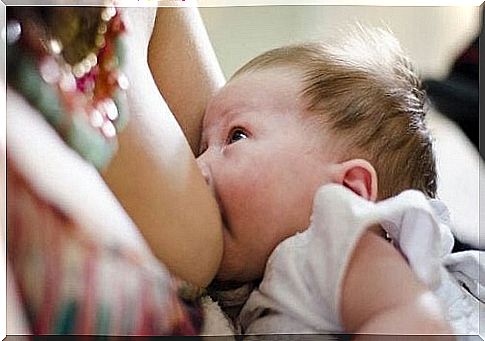
In some cases, alarm symptoms occur, such as fever or severe inflammation, in case of persistence or when milk pearls appear frequently. This symptomatology will require you to immediately undergo a bacteriological laboratory analysis. Based on the results, the specialists will indicate an antibiotic-based treatment.
These whiteheads are usually painful and cause intense itching, conveying a burning sensation. Despite the presence of these symptoms, they are not considered serious. However, if they are not treated promptly by a doctor, they can lead to serious problems.
Most of these pinholes become altered or inflamed following a microbial infection of the breast, causing subacute mastitis. This consists of a type of mastitis that does not present the typical symptoms: fever, pain in one area of the breast, redness or inflammation of the entire breast.
Pathogenic bacteria have the ability to form biofilms, that is to adhere to the ducts and, together with calcium residues, form obstructions, from which the liquid is produced.
Advice
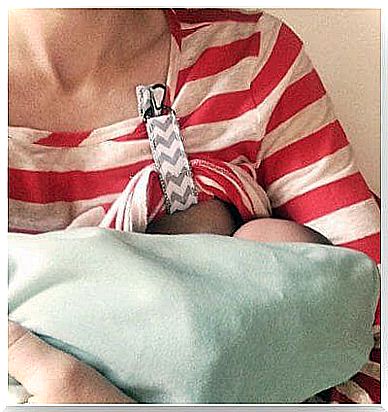
We recommend that you follow these tips:
- Normally, from the appearance of milk pearls on the nipples, a crust forms which will peel off after about 5-7 days. It will be the baby, through sucking, who will magically make these beads disappear.
- It is very important never to fall asleep while we are breastfeeding the baby, who could choke or become filled with air, suck badly from the chest and immediately cause acute mastitis.
- If the dot is very large and visible, the ideal is to warm the affected area a little, softening the hardened part (crust) and facilitating its detachment.
- One way to drain the breast is to press the nipple so that the blocked duct is cleared of the fluid. Immediately after, you will have to attach the baby to the breast, letting him finish the emptying of the duct, through sucking.
- There are cases where pearls are of bacterial origin and extend deep. They usually involve the entire mammary duct. Faced with this disease it is recommended to seek immediate medical attention. The latter will indicate to stop or continue breastfeeding and will prescribe antibiotic treatment. It is necessary to undergo an additional check, in case other complications arise.
- During breastfeeding, special attention should be paid to hand and nipple hygiene. This will prevent you from getting infections.
- Try to breastfeed in a quiet place where both you and the baby feel as comfortable and relaxed as possible.
Breastfeeding means love for your baby
Our babies need to be exclusively breastfed for the first six months. Then, up to two years of age, breastfeeding will be combined with conventional feeding. This will allow it to provide the nutrients necessary for its growth and healthy development.
From birth and from the first colostrum feeding, an emotional relationship of dependence begins between the mother and the baby.
Breastfeeding is a wonderful experience, especially when done with love and dedication.

